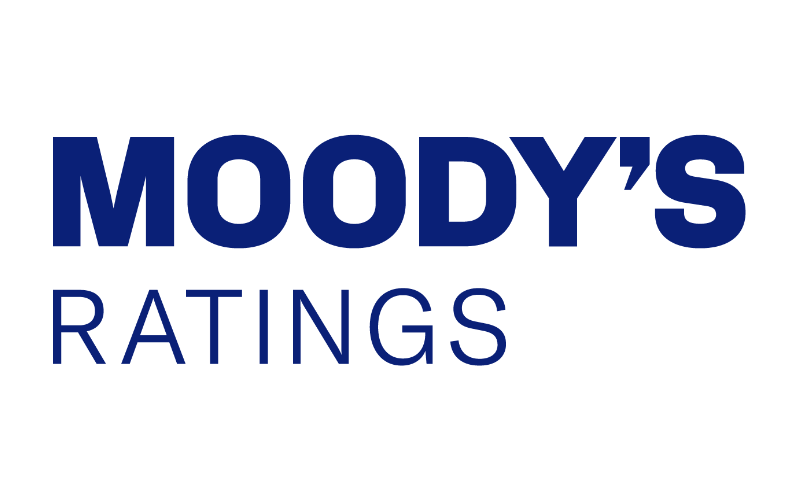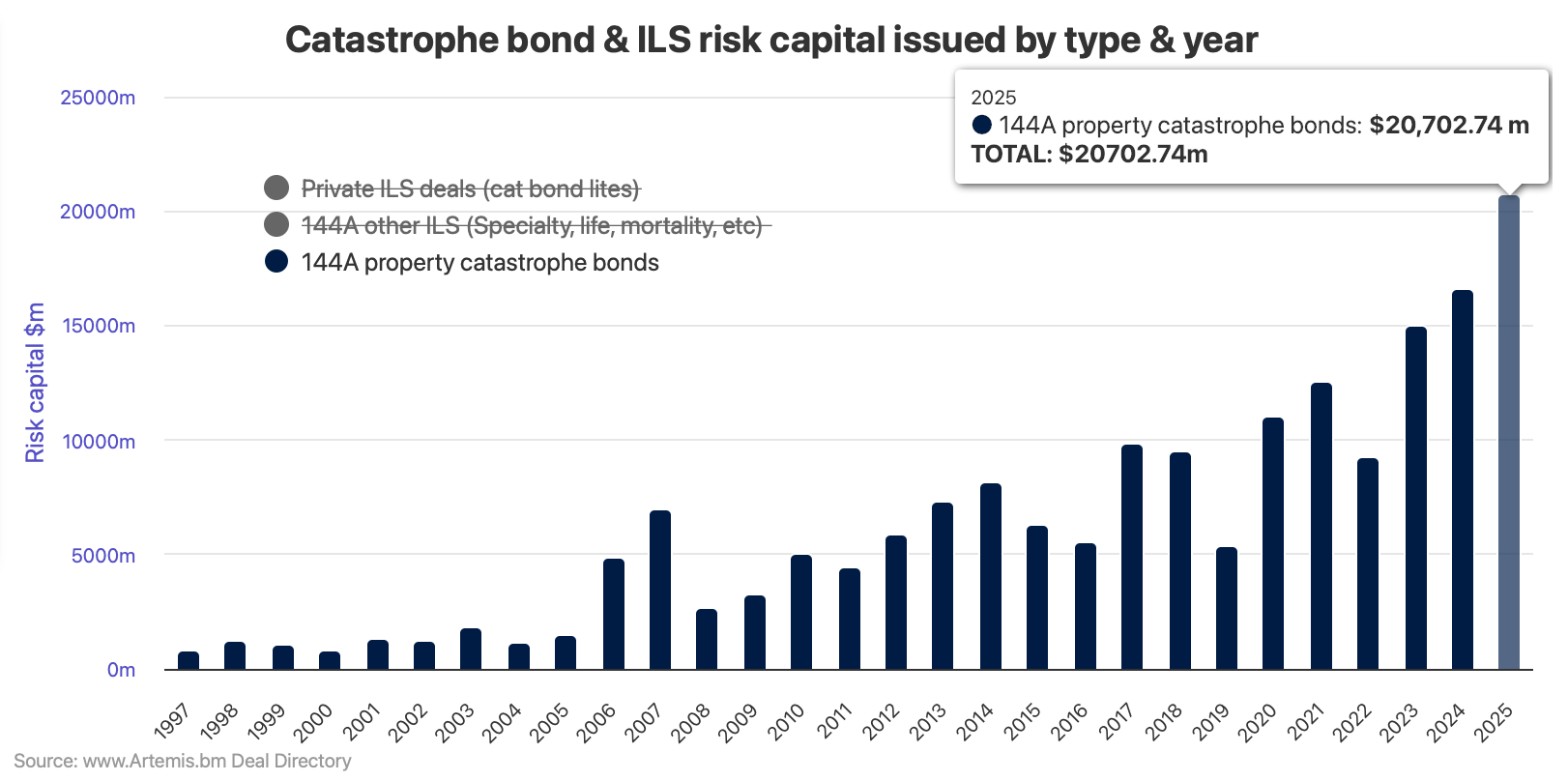
Your ability to respond quickly to a business disruption could mean the difference between survival and closure.To determine the maximum amount of time your business could afford to stay closed after a disaster occurs, you need to know your operations.First, identify your key business functions and processes … and then decide how long you can go without being able to perform them.Do you know the ins and outs of your operation? While thinking it through, consider the following:If you can’t answer every question, we recommend listing all your business functions, then filling out a separate form for each one.Complete our business function form.Using our , rate each with a priority level of Extremely High, High, Medium, or Low, and consider any possible workarounds or backups for each function.
You should also think through and note any temporary processes that could be implemented until a permanent solution is available.Document detailed procedures for these workarounds and processes, including any additional resources needed.Inform key team members.After you’ve done a thorough audit of your operations, it’s important to share that information with key team members.Should you step down, be away, or , giving someone else access to this information keeps your business on a better path.Review and revise your form regularly.To keep your plan relevant, review your business functions and processes every six months.
Make updates as your business grows and evolves.Keep an updated form with any changes and inform the key team members you’ve identified of these changes.Frankly speaking, the best businesses are prepared for the worst, and our has you covered.Whether you know your operations or want help identifying them, our local, independent agents are here for you.
Talk to one today.
Publisher: Frankenmuth








